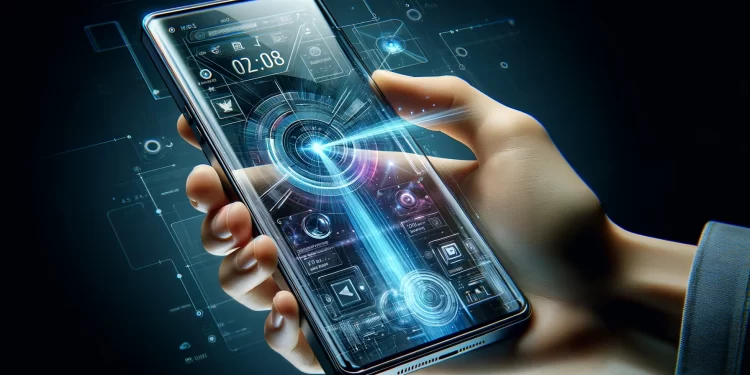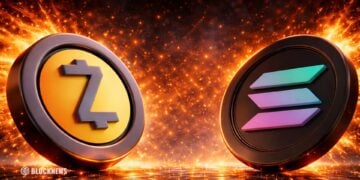- Apple has given a recent update regarding its post-quantum cryptography for iMessage
- Latest iMessage technology will help people avoid hacks and scams unlike other apps such as WhatsApp and Signal
- iMessage switched from end-to-end encryption to Elliptic Curve Cryptography, and now to PQ3 Cryptography.
Apple has upgraded its popular iMessage service with a major cryptographic upgrade called PQ3, making it one of the first widely used messaging services to implement post-quantum encryption protocols. This positions Apple at the forefront of quantum-safe cryptography.
The Threat of Quantum Computers
Quantum computers have long posed a threat to current encryption standards. While breaking modern encryption is currently infeasible, quantum computers could theoretically do so with ease in the future. This has led organizations worldwide to prepare for this threat by developing post-quantum cryptography ahead of time.
Apple’s PQ3 Protocol
According to Apple, PQ3 is the first messaging protocol to reach “Level 3” security, providing the strongest known security of any large-scale messaging service. PQ3 supposedly surpasses the security of other popular messaging apps like WhatsApp and Signal.
The Evolution of iMessage Encryption
iMessage has featured end-to-end encryption since its launch, initially using RSA encryption before switching to Elliptic Curve Cryptography (ECC) in 2019. PQ3 represents the next evolution in keeping iMessage communications secure against future threats.
The Promise of Post-Quantum Messaging
Post-quantum cryptography will allow companies like Apple to safeguard user data against decryption by quantum computers in the future. While the exact timeline is unclear, quantum computing could reach this inflection point by 2029 according to IBM. PQ3 future-proofs iMessage against such emerging capabilities.
With its adoption of post-quantum cryptography in iMessage, Apple is leading the way in developing quantum-safe encryption for the mainstream. This prepares iMessage against potentially catastrophic hypothetical scenarios down the road as quantum computing continues to advance.














